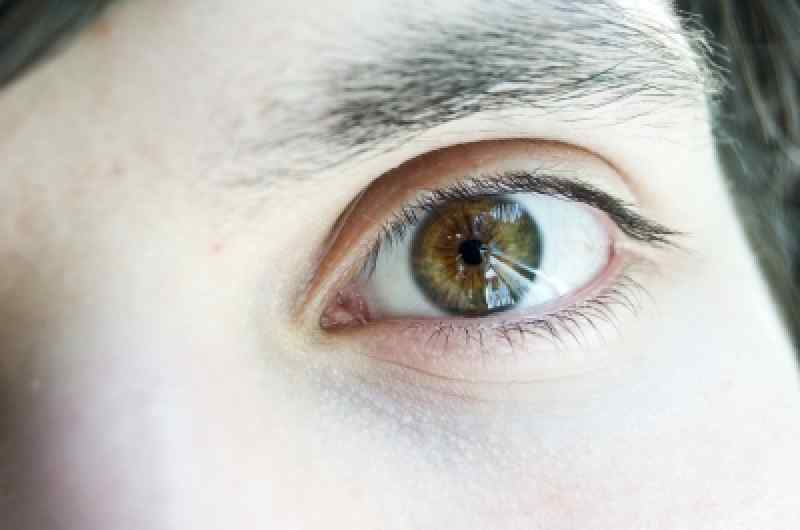Submitted by administrator on
Living in a fairly central, busy area, in a western country such as the UK, it is easy to take for granted that good medical care is available pretty much on tap. Whether you need to visit a hospital, doctors or any other health related service, there are in my case, at least 5 major hospitals within a 20 mile radius, doctors practices every half mile and big, medium and small brand opticians or ophthalmic hospitals on every high street by the bucket load. This variety and saturation serves as a comfort that should anything go wrong, in a medical or health sense, I have specialists within small distances that can help or treat me. This comfort can also lure you into the sense that your health isn't a big worry as you are surrounded by health centres on hand to help. Unfortunately, this view of modern western civilisation is a little distorted, especially when you begin to delve a little deeper and move away from big towns and cities, and look at rural villages and communities. In these areas, such free availability of health services is not necessarily in keeping with countrywide averages as a whole.
This same concern was highlighted by an optical research team in the United States that identified worrying statistics regarding the diagnosis and treatment of glaucoma, the eye disease which can lead to blindness, across the pond. In analysing data from the past few years concerning regional areas affected by glaucoma and the recognising of the disease, researchers were shocked to see the trends which clearly indicated that rural areas were either finding that diagnosis' were not being made or that much fewer sufferers were actually visiting their doctor or GP in the first place. Having seen glaucoma rates steadily increase in recent years, in many cases due to increased awareness and assessment, the actual statistics showed that those in more built up and city like areas were 70% more likely to be suspected of the condition and that they had a 30% higher chance of diagnosis in comparison to their fellow citizens, in more rural areas. This enormous rate, was put down to the fact that less urbanised areas were causing the imbalance due to a lack of people with the disease actually coming forward and being treated.
The facts underlined that although rates are going up, which in turn shows an increased awareness of the disease, overall confirmations of glaucoma are still lower than estimates expect, indicating that there are still large numbers of people living undiagnosed with the eye condition. With less freely available centres and opticians, rural residents are still lagging behind their city based neighbours and as such are sufferers without treatment. Questions were also raised about the styles employed by physicians outside of the major cities, and whether that in turn might also be a factor.

